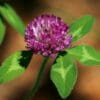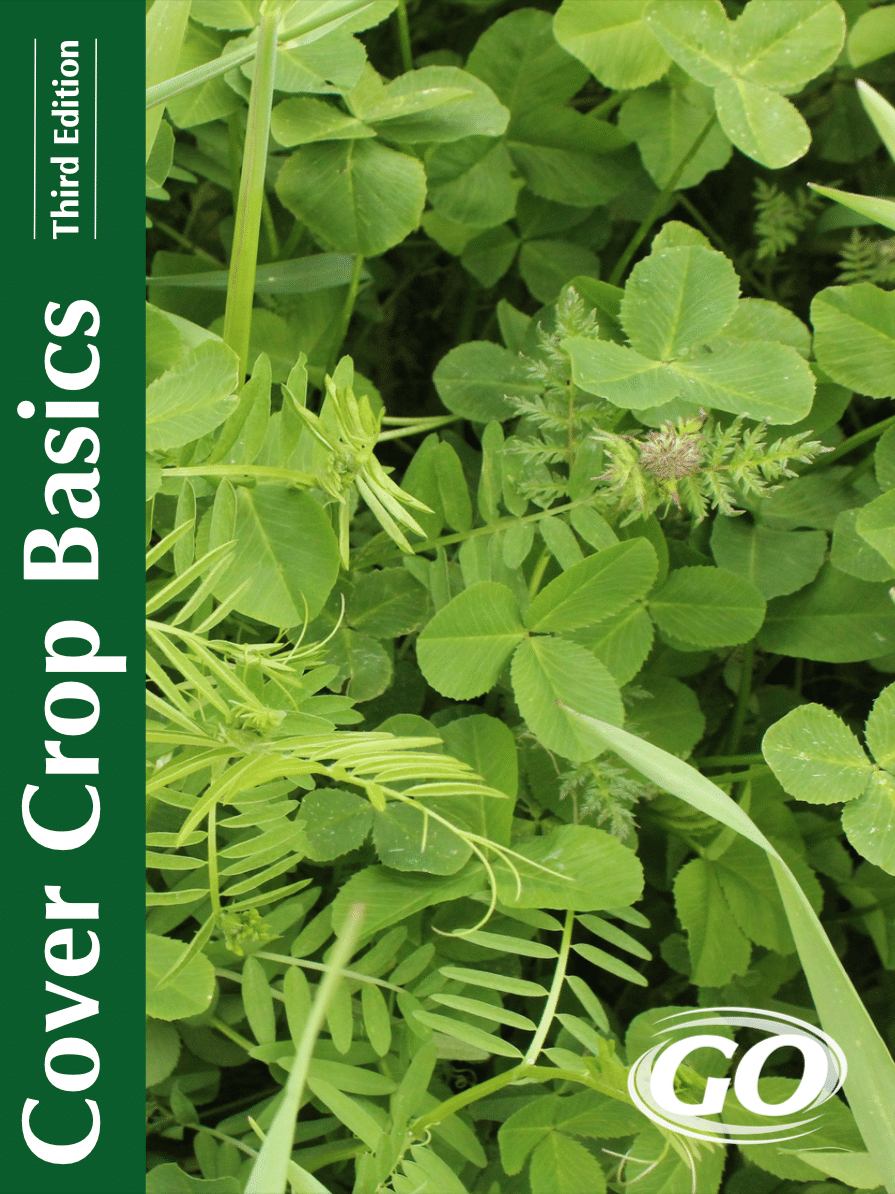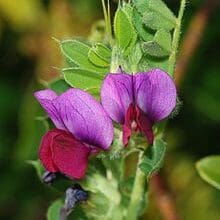Medium Red Clover
- Scientific name: Trifolium pratense
- Short-lived introduced perennial
- Good shade tolerance
- Primarily used for hay, silage, and soil improvement
- Fast growing crop and easily established
- Produces high quality forage
- Used effectively as a cover crop under silage corn
- 5 pound minimum order quantity.
52 in stock
Min. to Max. Annual Precipitation
36in.
Average Max. Height
Medium Red Clover (Trifolium pratense) is a short-lived perennial. Primarily used for hay, silage, and soil improvement. Quick growing crop, easily established, and produces high quality forage. Red clover grows best on well-drained loamy soils. May be seeded in pure stands, but is often mixed with grain or grass. It is a legume, ideal for planting as a cover crop to loosen soil.
Medium Red Clover (Trifolium pratense) is a short-lived perennial distributed throughout the United States and Canada. It is believed to have originated in southeastern Europe near the Mediterranean Sea.
Red Clover is primarily used for hay, silage, and soil improvement. Medium Red Clover has the added benefit of being cut more than one time in a season. It’s close relative, Mammoth Red Clover, can only beck once.
Medium Red Clover is a quick growing crop, easily established, and produces high quality forage. Tolerance of shade allows Red Clover to be used effectively as a cover crop under silage corn. It has excellent seeding vigor. Red clover grows best on well-drained loamy soils, but will also grow on soil that is not as well-drained. Medium and fine textured soils are preferred by the plant over sandy or gravelly soils. It is best adapted to a pH of 6.0 or higher. The taproot of red clover is extensively branched.
Medium Red clover may be seeded in pure stands, but it is often mixed with grain or grass. Spring or late summer seedings are satisfactory. It may be overseeded in the spring on fall seeded grasses. Red clover seed should be inoculated. Seeding may be done with a drill or broadcast. A firm, weed-free seedbed is essential. Plant seeds 1⁄4 to 1⁄2 inch deep.
Graze or cut for hay when the red clover is 1⁄4 to 1⁄2 in bloom. A second cutting or successive grazings should occur when red clover is 1⁄4 in bloom. Leave at least 2 inches of growth after each harvest. Care should be taken to eliminate or appreciably reduce bloating of livestock. Recovery is slow. It is primarily used for hay, pasture, silage, and soil improvement. It is a quick growing crop, easily established, and produces high quality forage. Tolerance of shade allows red clover to be used effectively as a cover crop under silage corn.
Medium Red Clover is a legume ideal for planting as a cover crop to loosen soil, or to provide nourishment to crops in between seasons.
Red Clover grows as one of two types: medium (double-cut) or mammoth (single- cut).
Red Clover NRCS Plant Guide and Fact Sheet
Red Clover NRCS Plant Guide and Fact Sheet
PDF version of NRCS Plant Guide and Fact Sheet
Prepared By & Species Coordinator: USDA NRCS Plant Materials Program
Cover Crop Basics
An informative, authoritative guide to cover crops. Very comprehensive, and covers all geographic regions of the USA. Published by GO Seed.
Who is Great Basin Seed?
Great Basin Seed is a seed company that specializes in seed sales and consultation for home, ranch, farm, range and reclamation. We have been a leader in the seed industry since 1974.
Our History
We've been in the seed business since 1974.
What We Offer
We offer seed for home, farm, ranch, range and reclamation projects.
Meet the Gang
We have the best employees in the world! We are proud of the work they do, and trust them to serve you!
Right: Company founder Lloyd and his wife Paula Stevens in a wildflower seed production field circa 1977
Helpful Links
Additional information about this product can be found on the academic websites linked below.
Synonyms
Many plants have more than one common and scientific name. We've listed a few of them below.
- Medium Red Clover
- Trifolium medium
- Multi-cut Clover
Quick Plant Facts
| Common Name: | Red Clover |
|---|---|
| Scientific Name: | |
| Lifespan: | |
| Origin: | |
| Plant Type: | |
| pH Tolerance: | |
| Seed Count | 275000 |
| Growth Height: | |
| Root Form | Bunchgrass |
| Planting Rate: | Alone: 15-20 lb/acre, Drilled: 10-12 lbs/acre, Overseeding: 10-12 lb/acre, With grass: 8-10 lb/acre |
| Min. Precipitation | 18-30 Inches |
| Best Time to Sow: | |
| Max Sowing Depth: | |
| Growth Season: | |
| Sun & Shade Tolerance: | Full sun, tolerates shade |
| Zone Map | comingsoon.gif |









